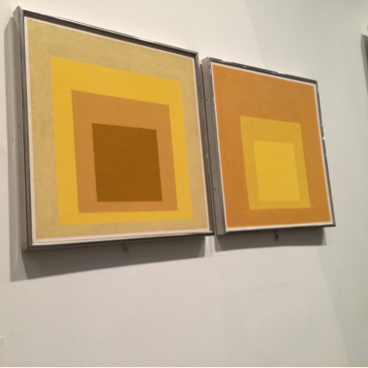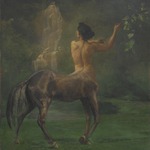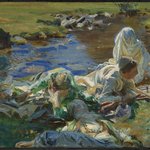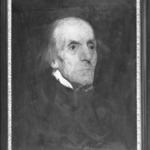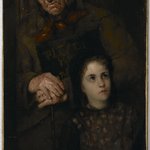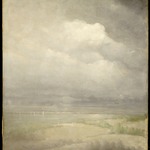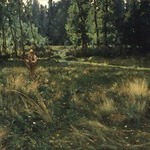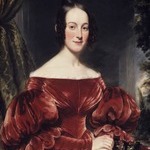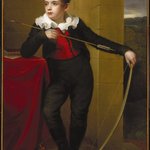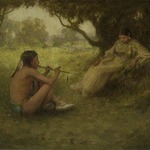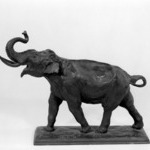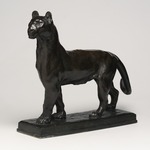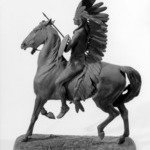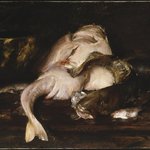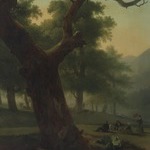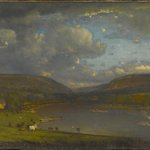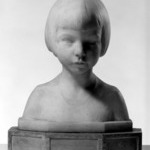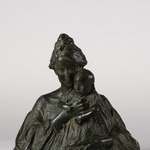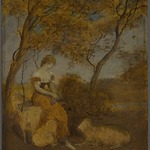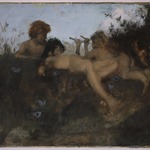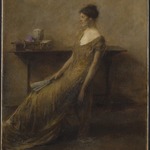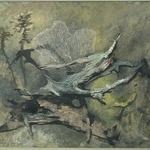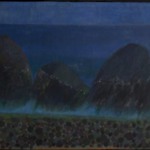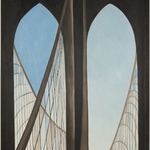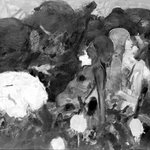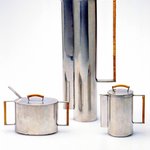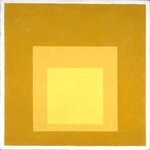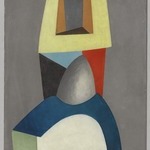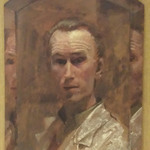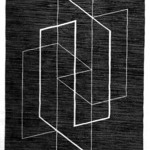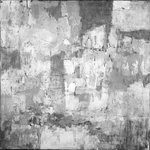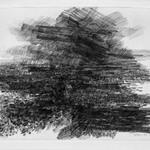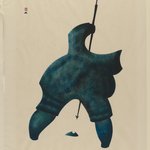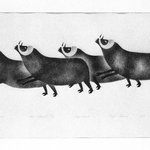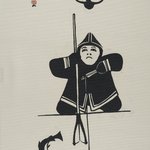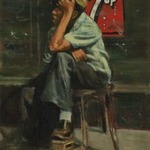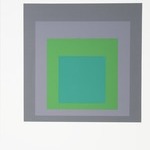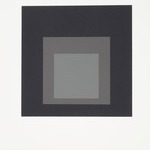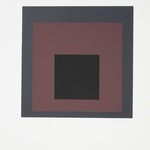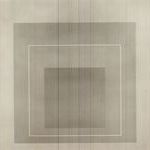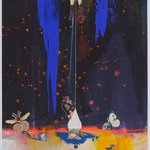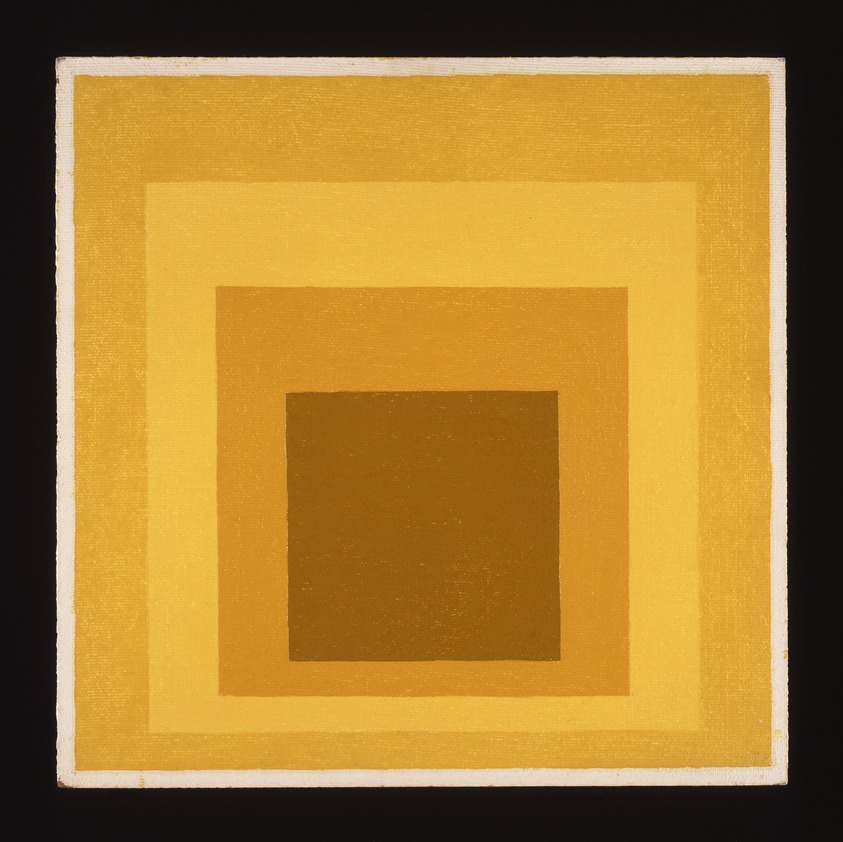
This image is presented as a "thumbnail" because it is protected by copyright. The Brooklyn Museum respects the rights of artists who retain the copyright to their work.
Study for Homage to the Square "High Tenor"
Josef Albers
Contemporary Art
On View:
Josef Albers used abstract painting to understand how colors interact in two-dimensional spaces. This rendering of nested squares in shades of yellow and ochre is part of an experimental series of 1960s paintings and prints. Albers minutely documented these investigations in mathematical proportions and color theory, adjusting variables such as the size, number, and color of squares. Like Atta Kwami, his color work reflected cultural observations. While both Albers and past scholars foregrounded his scientific interest in color, new research has revealed the deep influence of the colors and shapes of historic Mexican art and architecture on his self-styled Homages.
MEDIUM
Oil on masonite
DATES
1959
DIMENSIONS
18 × 18 in. (45.7 × 45.7 cm)
frame: 18 1/4 × 18 1/4 × 1 in. (46.4 × 46.4 × 2.5 cm) (show scale)



SIGNATURE
Recto: initialed and dated lower right: A 59
Verso: marked, "diminuenda" in chalk with title, signature, date, dimensions, and color notes
COLLECTIONS
Contemporary Art
ACCESSION NUMBER
1995.197.2
CREDIT LINE
Gift of The Josef and Anni Albers Foundation
CATALOGUE DESCRIPTION
JAF #363
MUSEUM LOCATION
This item is not on view
CAPTION
Josef Albers (American, 1888–1976). Study for Homage to the Square "High Tenor," 1959. Oil on masonite, 18 × 18 in. (45.7 × 45.7 cm). Brooklyn Museum, Gift of The Josef and Anni Albers Foundation, 1995.197.2. © artist or artist's estate (Photo: Brooklyn Museum, 1995.197.2_SL1.jpg)
IMAGE
overall, 1995.197.2_SL1.jpg. Brooklyn Museum photograph
"CUR" at the beginning of an image file name means that the image was created by a curatorial staff member. These study images may be digital point-and-shoot photographs, when we don\'t yet have high-quality studio photography, or they may be scans of older negatives, slides, or photographic prints, providing historical documentation of the object.
RIGHTS STATEMENT
© artist or artist's estate
Copyright for this work may be controlled by the artist, the artist's estate, or other rights holders. A more detailed analysis of its rights history may, however, place it in the public domain.
The Museum does not warrant that the use of this work will not infringe on the rights of third parties. It is your responsibility to determine and satisfy copyright or other use restrictions before copying, transmitting, or making other use of protected items beyond that allowed by "fair use," as such term is understood under the United States Copyright Act.
For further information about copyright, we recommend resources at the United States Library of Congress, Cornell University, Copyright and Cultural Institutions: Guidelines for U.S. Libraries, Archives, and Museums, and Copyright Watch.
For more information about the Museum's rights project, including how rights types are assigned, please see our blog posts on copyright.
If you have any information regarding this work and rights to it, please contact copyright@brooklynmuseum.org.
RECORD COMPLETENESS
Not every record you will find here is complete. More information is available for some works than for others, and some entries have been updated more recently. Records are frequently reviewed and revised, and we welcome any additional information you might have.



